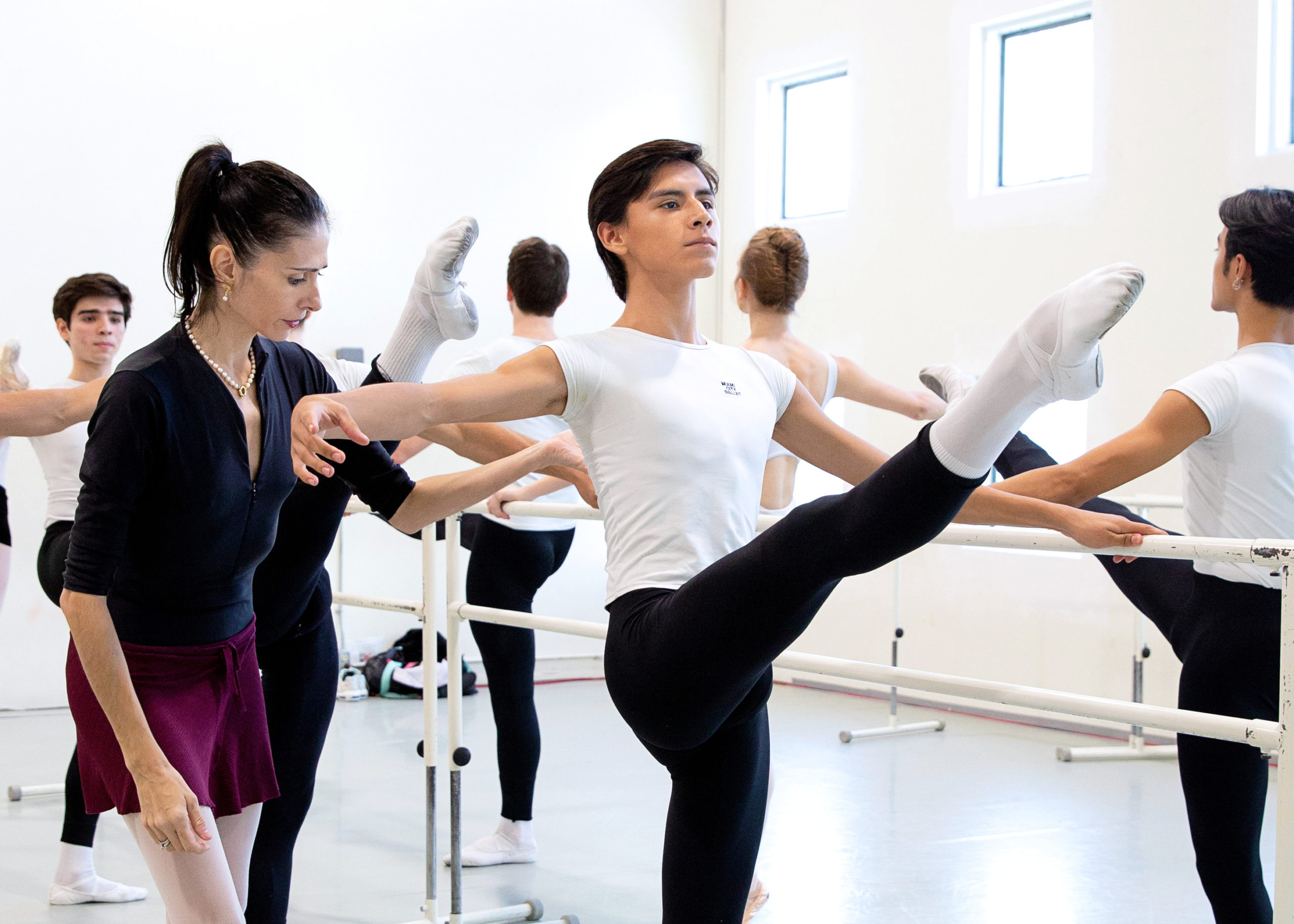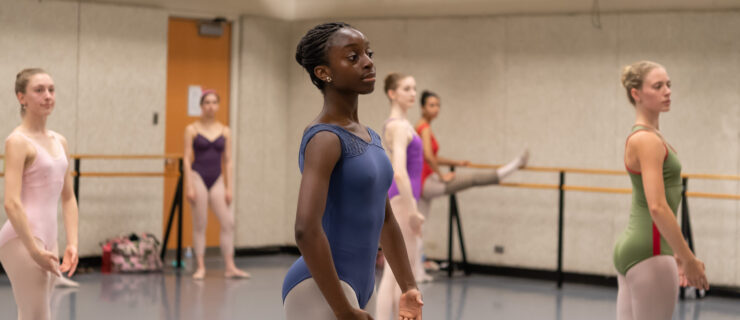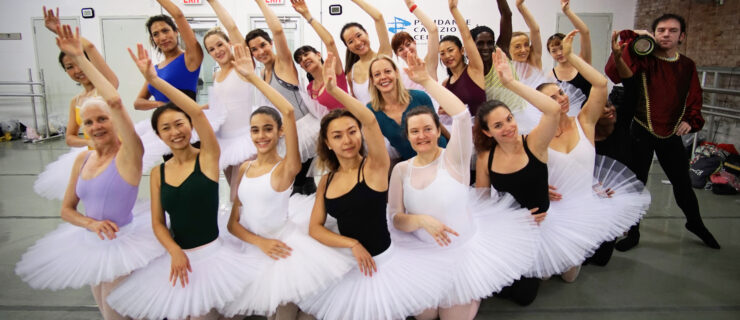How to Cope When You’re Rejected From a Summer Intensive You’ve Been Accepted to Before
After years of being waitlisted, Kayla Schmitt finally got into Pacific Northwest Ballet School’s summer program at 16. “PNB was my dream company, especially as a taller dancer, so finally getting in was very exciting for me,” says Schmitt, now a member of Ballet Chicago’s studio company.
Although she wasn’t able to go to PNB that summer (she’d already committed to Boston Ballet’s program), Schmitt confidently reauditioned the following year. But this time, she didn’t even make the waitlist. The shock was harsh: “It felt really personal. What changed? What had I done wrong?”
Rejection always hurts, but being turned down by a school that once accepted you adds confusion to the sting. It’s easy to wonder, as Schmitt did, why their impression of you has changed. But teachers and directors agree that when a school says no, the reason may have less to do with your talent or potential than you may think.
Are Decisions Based on the Past?
You may wonder—“Does the school even remember me from before?” Sometimes yes, sometimes no. With the shift to digital record-keeping, a student’s previous history (whether and when they’ve previously auditioned or attended) might be easily accessible to the audition evaluators. But not all schools keep track of dancers who don’t actually attend their program.
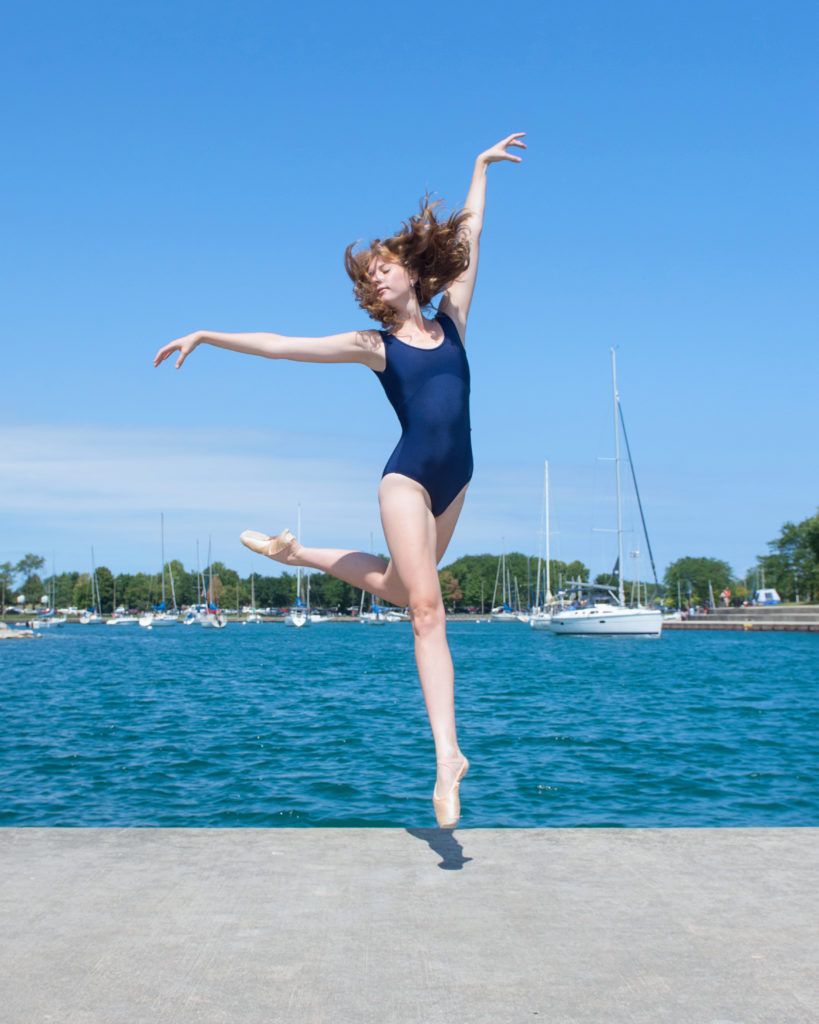
Regardless, you’re going to be assessed based on the dancer you are today, says Miami City Ballet School artistic director Arantxa Ochoa. “I make my decision based on how you are at this moment,” she says. “I don’t base it on anything that happened before. I like to give dancers a clean slate.” Ochoa adds that an accepted student is not penalized later on for not attending. “We understand there are a lot of factors in choosing a summer intensive, and we’re always thrilled to see a student audition again.”
What Changed?
It’s easy to blame yourself if you don’t get a repeat acceptance, but the reality may be factors beyond your control. “As dancers, we always think it’s our fault,” says Ochoa. “But sometimes it has nothing to do with that.”
A common reason why a dancer might be accepted one year but not the next is that the program itself has changed. Marjorie Grundvig, director of Pittsburgh Ballet Theatre School, says that her decision to make PBTS’ Company Experience summer program smaller and more performance-based resulted in admitting fewer dancers. “So someone who got in last year may not get in this year—not because we didn’t like them or think they have potential, but because we’re limiting spots,” she explains.
Tighter Competition
The competition to get into an intensive increases the older and more advanced you get. Schools have more flexibility in admitting younger students based on potential alone, but they have higher expectations for older students.
“To fill the spots in the top level of our summer program, we’re very particular,” says Grundvig. “We’re looking for someone who is at the point where we can be working on artistry, not correct placement.” At the higher levels, teachers want classes to be cohesive, so all the students can work on the same things versus having some individuals struggle to keep up.
Strength and Age
A growth spurt can cause a temporary lag in strength development. Schools may hesitate to admit a student who isn’t at the same strength level as their peers, even if they’re gifted. Kathryn Warakomsky-Li, director of Texas Ballet Theater’s Studio Training Company, says she’s very cognizant of matching class level to age, talent, potential and drive. “The problem is when a student gets older but their technical proficiency hasn’t kept up with their age,” she notes.
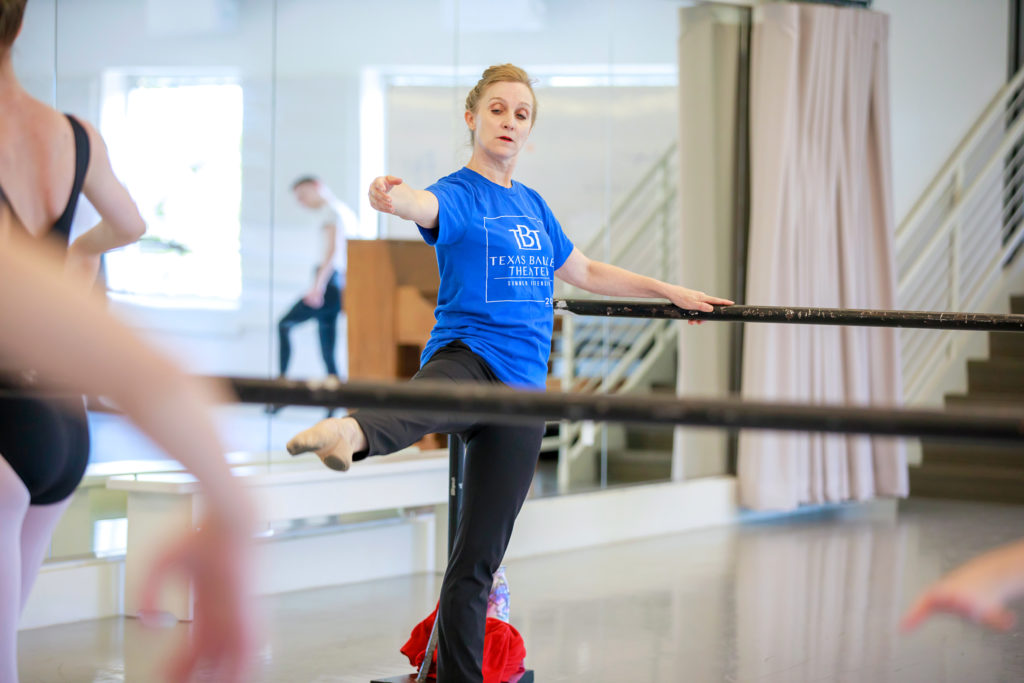
Philip Neal, artistic director of Next Generation Ballet, agrees but emphasizes that being behind isn’t a reason to give up. “My own example is that when I was 15, I was very small and weak for my age. All through childhood I’d had one acceptance after another, but suddenly I hit 15 and people questioned whether I was strong enough to partner.” Once Neal grew and gained strength, he had better luck at auditions. “These factors have to be taken into account by directors of a program: Are you going to be as strong as others your age and fit into the big picture?”
When One Door Closes, Try to Open Another
Changing your mindset about rejection is key to finding new opportunities. Darcey Lynn, a University of Oklahoma junior majoring in ballet performance and psychology (and performing with Oklahoma City Ballet II), went to the School of American Ballet the summer she was 13. The following year, she hoped to return—but was put on the waitlist. “It was extra-discouraging because I’d loved SAB so much and I saw my friends going back for a second year,” she remembers.
To ease her disappointment, she focused on auditioning for other schools, which she now realizes was a smart move. “I needed to be a more well-rounded dancer, style-wise, because at that point I was only into Balanchine,” says Lynn. She went on to summer programs at the Chautauqua School of Dance and Boston Ballet before enrolling at the University of North Carolina School of the Arts for her senior year of high school. “By then I was prepared to work in different styles, which was super-helpful.”
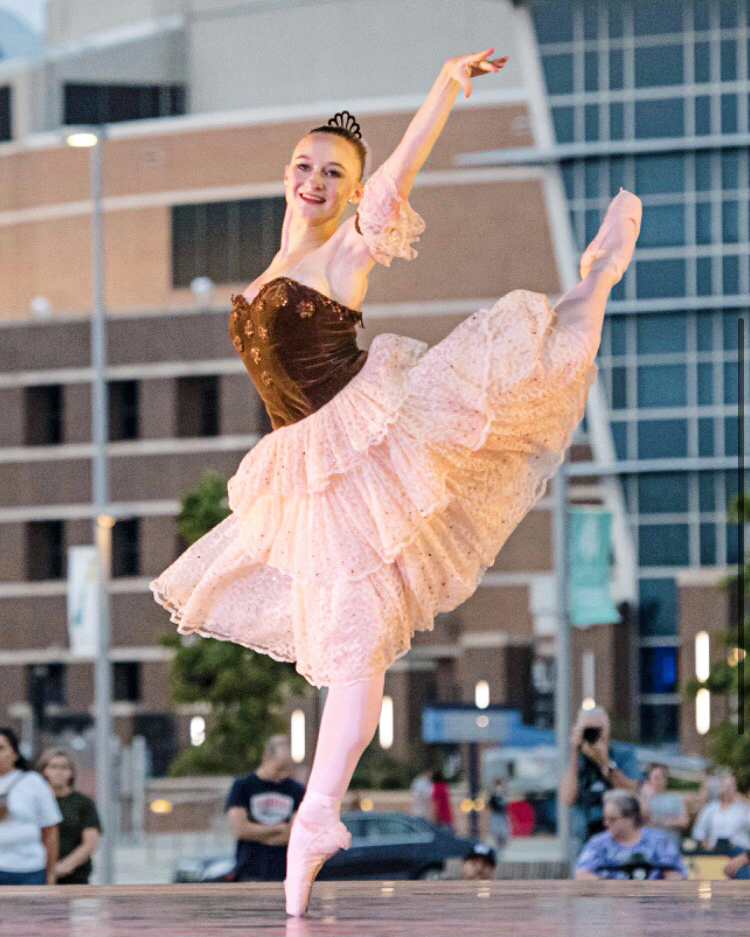
For Schmitt, going somewhere other than her “dream school” led not only to several enriching summers at Carolina Ballet, but to major discoveries about herself. “I understood that resilience, especially during audition season, is so important. I went to Carolina Ballet, which I absolutely loved, with an open mind and embraced the situation,” says Schmitt. “I used to beat myself up if I had a setback, but now I know that’s not something to carry with me. My mantra is to find resilience and stability within myself.”
Warakomsky-Li encourages students to ask their teachers what they can work on and other places they might consider auditioning for, as well as to try auditioning again after another year’s worth of training. “A rejection does not mean you’re bad,” says Warakomsky-Li. “It’s so important to keep believing in yourself and that there is a place for you. I firmly believe that.”
